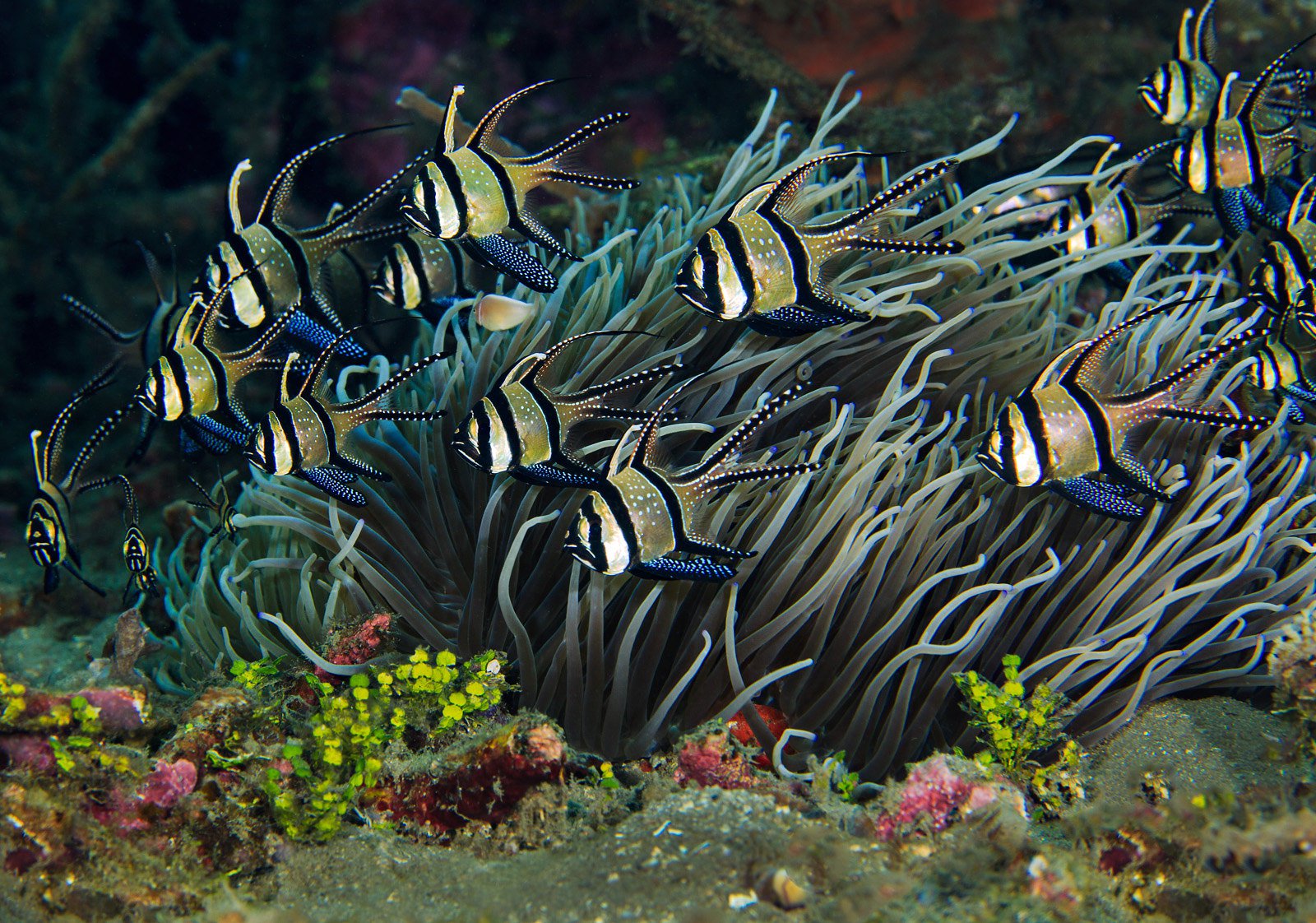Being in this hobby is what supports conservation. If there's no hobby there's no business model for aquaculture beyond government-funded endeavours. Plus many of the innovations that help grow coral and breed fish outside of the reef environment resulted from R&D on the hobby side of things.Kind of like how hunters and fisherman went from being people who took from nature to some of the largest donation bases for conservation in the world. Hard to be mad at someone when they show they are stewards with their wallets and actions.
Blanket bans are just bad (especially this one, as it includes captive bred outside of the US regardless). Aquacultured yellow tangs are, what... $200 a pop in the US? Banggais run about $20 a pop. Even with a ban I don't see them selling at similar price ranges, which means there may not be a cost-effective business model to attempt breeding them in the US.


















